Advertisement
2022 governor's race
How should Mass. tackle climate change? Here's what the candidates for governor say
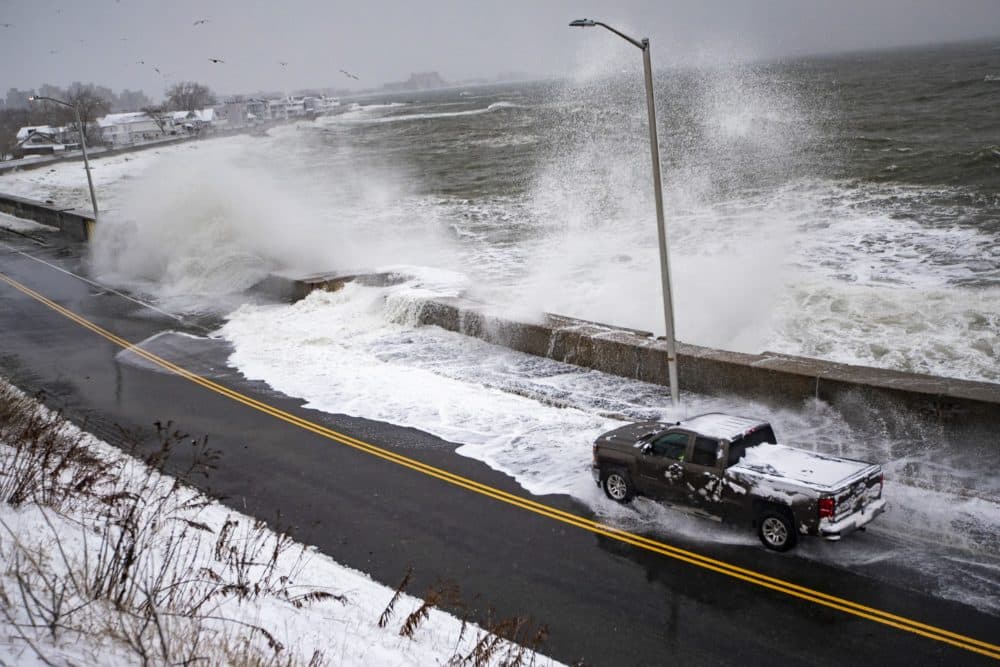
Curious how the next governor will deal with climate change? Prepare to trek through a jungle of jargon:
Terms like carbon-free, net-zero, electrification and distributed energy.
The two major Democrats running for governor, State Sen. Sonia Chang-Díaz and Attorney General Maura Healey, have unveiled ambitious, but complicated plans.
To help voters, we summarized the Democrats' plans below. We'll also address the Republican pledges later in the piece.
Emissions targets
Healey’s plan calls for 100% clean electricity by 2030 while Chang-Díaz wants 100% renewable, carbon-free energy by the same date. The terms largely mean the same thing — no electricity in the state will come from fossil fuels by 2030. However, Chang-Díaz's wording suggests she would try to get utilities to move away from nuclear power, while Healey would not. Massachusetts no longer has any nuclear power plants running, but draws some power from plants elsewhere in New England.
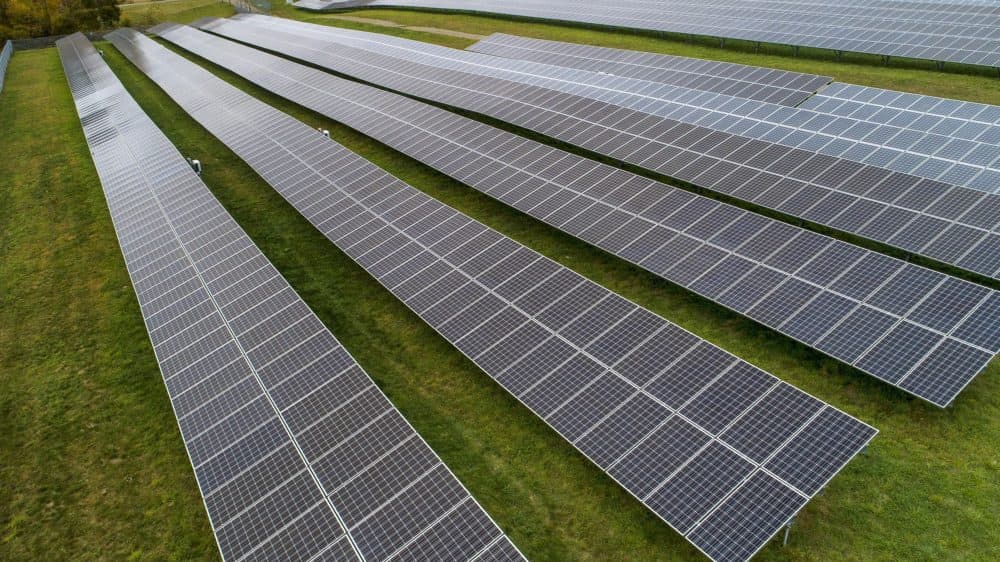
Renewable energy investment
Both Democrats want more investment in offshore wind, solar power and energy storage projects. They also say the state needs to prioritize installing solar panels in lower income neighborhoods and communities that already face heavy pollution. They also promise to force utilities to develop plans to buy more renewable energy.
But the plans also have a lot of differences.
Healey’s plan is similar to the Senate bill passed last week in that it requires the state purchase 10,000 megawatts of offshore wind power by 2030 (That’s nearly double what the state has already committed to buying). She also wants the state to spend $200 million to upgrade ports and other infrastructure to handle more wind projects. And Healey has called for quadrupling the amount of power from solar to 10,000 megawatts by 2030.
By contrast, Chang-Díaz’s plan doesn’t list specific offshore wind or solar targets. But her plans to rely completely on renewable energy would require a mammoth investment in new solar panels and wind turbines. She also supports adopting building codes that will require new structures to include solar panels where feasible.
Advertisement
Electrical grid updates
Both candidates recognize the need to upgrade the electrical grid for an influx of energy from new renewable sources, though Healey's plan provides more details.
Healey says she’ll convene a regional working group to plan for transmission and other infrastructure upgrades. She also promises to continue her work pushing the New England grid operator, ISO New England, to change its rules about buying power so it doesn't unfairly discriminate against renewable sources. Healey says she'll also work to find ways to encourage people to use power during hours when demand is low so that there's less stress on the grid during peak hours.
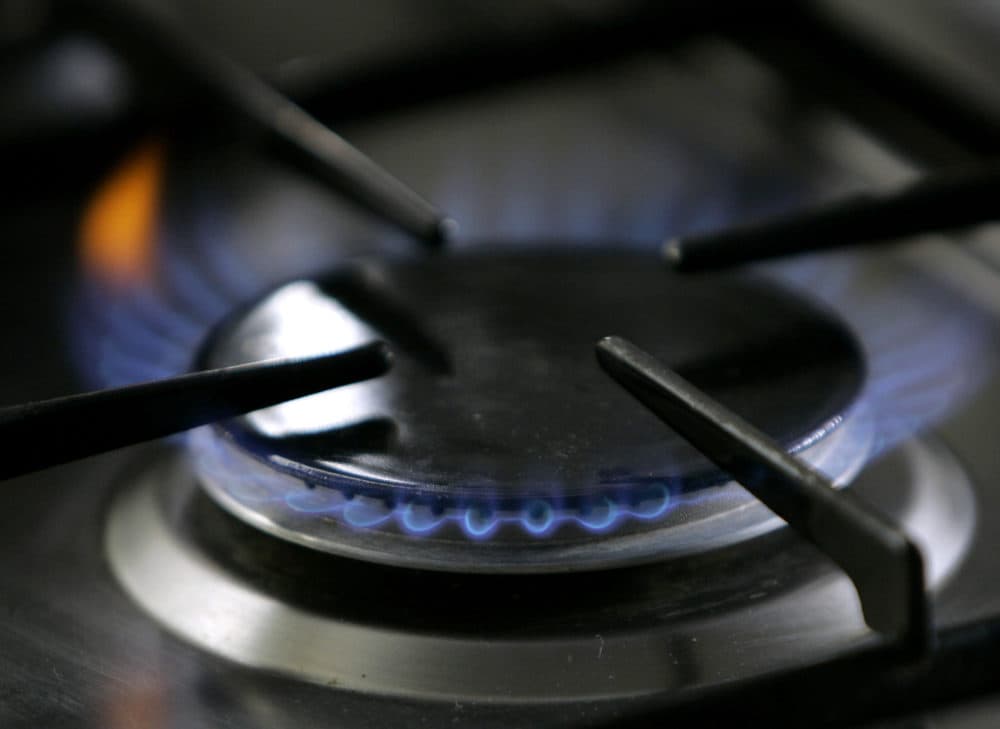
Natural gas and other fossil fuels
Chang-Díaz promises to “use the full powers of the executive branch to block future fossil fuel infrastructure projects in Massachusetts.” This would include no new natural gas pipelines or hookups in buildings. Similarly, Healey promises to “dismantle existing fossil fuel infrastructure and work with communities to repurpose the land they occupy.”
Both Democrats also want to review the $20 billion state program to fix or replace leaking natural gas pipelines and to force the gas utilities to alter their business models to be consistent with the state’s climate goals.
Buildings
Both candidates are calling for more investment in energy efficiency programs for homes and other buildings; replacing fossil fuel heating systems with non-carbon emitting ones like heat pumps or geothermal systems; and setting strict emission limits for large buildings, similar to the rules Boston passed last year. They also promise to prioritize work in lower income and polluted communities and in schools.
The plans differ a little in the details. Healey promises she will make sure 1 million heat pumps are installed by 2030 and give cities and towns the ability to ban fossil fuels in new construction. Chang-Díaz, meanwhile, promises to have the building sector achieve net-zero emissions by 2045, five years earlier than the state’s current goal.
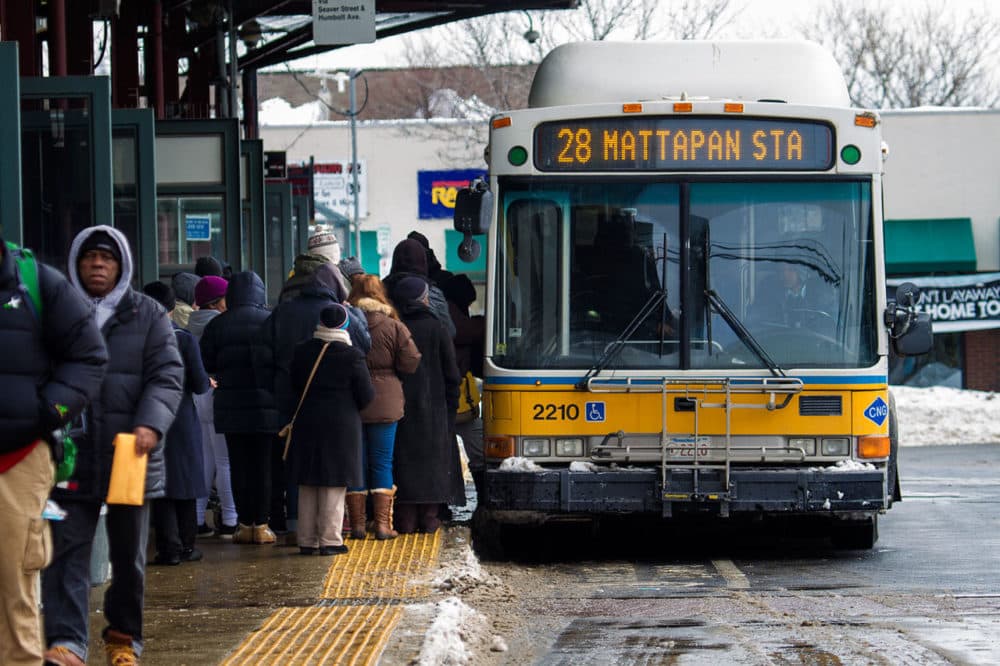
Transportation
With 42% of emissions in the state coming from the transportation sector, it’s a big focus of both climate plans.
Healey wants all buses for schools and the Massachusetts Bay Transportation Authority to be electric by 2030 and the entire public transportation system to be electric by 2040.
Chang-Díaz also wants the MBTA’s bus fleet to be fully electric by 2030, and she says she’ll work to immediately cancel any existing state contracts for buses that run on fossil fuels. Her plan also calls for making all regional transit authorities and commuter rail vehicles electric by 2040. She also promises to electrify three commuter rail lines within three years and to develop rail between Boston and Springfield. Unlike Healey, Chang-Díaz supports making the MBTA fare-free and says her first budget will include funding to make buses free to encourage people to use public transit.
Both candidates also want to encourage residents to use more electric vehicles through rebates. While Chang-Díaz would also create a rebate program for e-bikes, the details of Healey's proposal are similar to the bill the Senate passed last week.
Both plans would also expand the number of public and private charging stations. and prioritize investment in lower income communities or neighborhoods that have been disproportionately impacted by air pollution from cars, fossil fuel plants or other industries.
Chang-Díaz’s plan also says any new infrastructure will have to be built to withstand more extreme weather expected to come with climate change.
Environmental justice
Both a Healey and Chang-Díaz administration would create stronger policies about environmental justice. That's the idea that everyone — regardless of race, class, background or neighborhood —has the right to equal environmental protection and should be given the chance to meaningfully participate in decisions that affect their communities.
To this end, both candidates say they'll change how state agencies assess the need for, and impacts of energy projects. They'll also do more to help community members and groups have a say in the approval process, and they'll create new advisory groups to help shape policies.
Both candidates also promise that federal and state dollars spent on clean energy technology, workforce development or environmental clean up will benefit marginalized communities.

Innovation and jobs
Both candidates say their climate plans will create jobs. And they'll focus on providing opportunities for people of color, women, lower income communities or neighborhoods disproportionately affected by pollution.
Both plans call for significant investments in training people, including current fossil fuel works, for green energy jobs through the Massachusetts Clean Energy Center and public universities. Chang-Díaz also says her administration would require state contracts include robust diversity provisions. And she promises to provide women and minority-owned businesses with resources to help them bid on contracts.
The candidates also promise to spend state and federal dollars on emerging technologies like batteries, geothermal energy and green construction techniques. A Healey administration would also invest in nuclear power and hydrogen power technologies.
Natural lands
Though both candidates call for protecting mature trees and planting new ones, Healey’s plan is more comprehensive. She calls for strengthening wetland protections to help keep carbon in the ground and providing incentives for farmers to manage their land in ways that reduce emissions. She also promises to develop a new forest management plan within her first year of office.
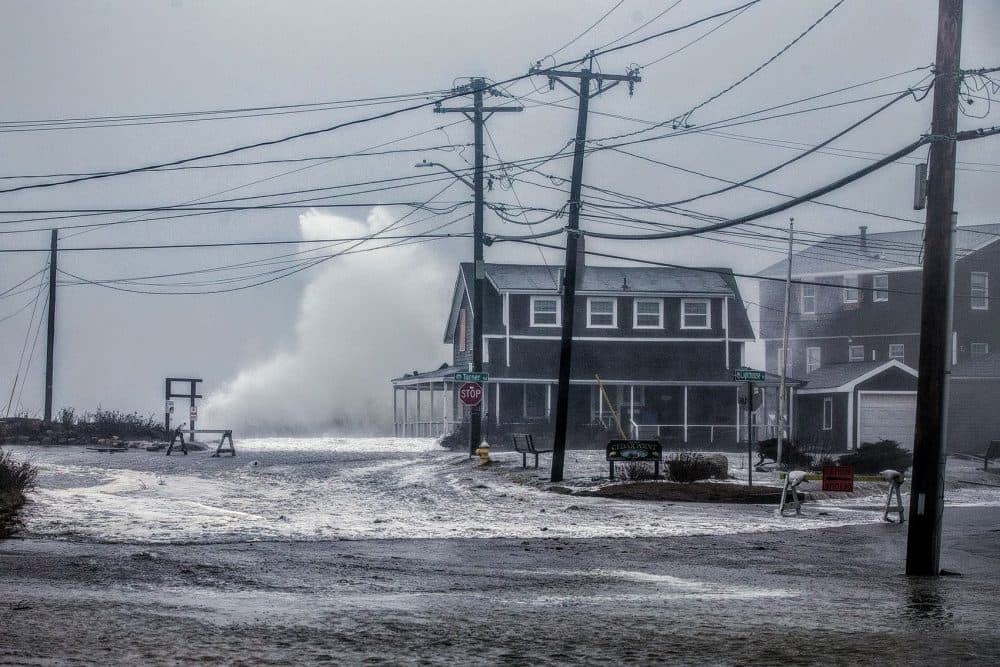
Adaptation
Both plans also address the need to prepare for rising sea levels, inland flooding, extreme heat and other catastrophic weather. The plans would create commissions to tackle those issues and include affected communities in the planning process.
Republicans
Republicans Chris Doughty and former State Rep. Geoff Diehl are also running for governor, but have yet to release lengthy climate change plans of their own.
Diehl’s website says he’ll focus on two things: “revolutionizing energy” through renewable energy and energy independence, and “protecting the environment” by safeguarding coastal and other environmentally-sensitive areas. A campaign spokesman called that a "comprehensive response on climate and the environment."
Doughty, a businessman, declined to offer any details on his plan to address climate change.
Correction: A previous version of this post failed to note that Diehl is no longer a state representative. We have corrected the story. We regret the error.
